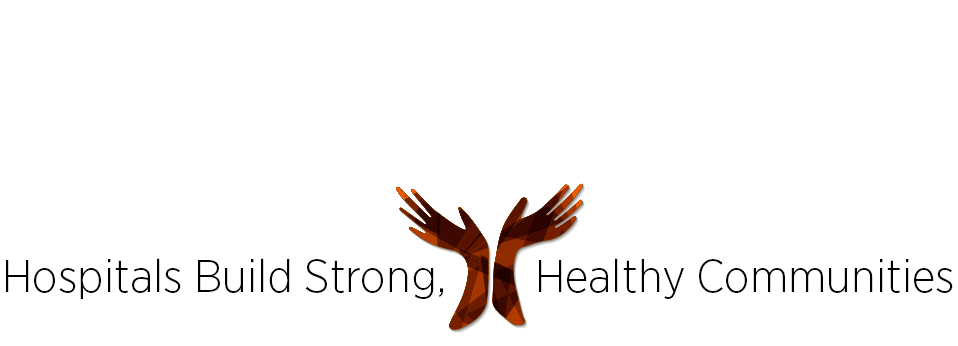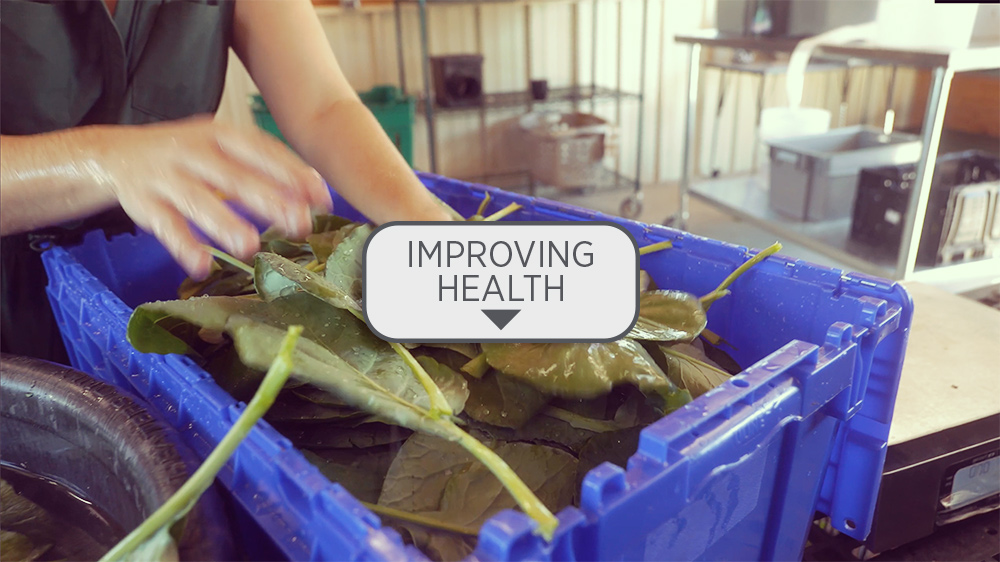Actions
Type
Topic
- Community Investment
- Economic Impact
Tags

Health happens in the places Missourians live, work, learn and play. However, the factors that contribute to health are not equally represented in every community — good housing, and access to healthy food, transportation and health care services, for example. Researchers believe that these social determinants of health have significant influence on wellness.
Missouri’s hospitals are community-based institutions that aspire to provide health, as well as care. All hospitals provide community benefits and investments in health improvement as determined by the needs of the communities they serve.
Each year, the Missouri Hospital Association surveys the state’s hospitals to aggregate some of their financial contributions that make up their total community benefit. These data are shared with the public on MHA’s consumer-focused website, www.FocusOnHospitals.com.
Hospitals are increasingly moving upstream of the clinical environment to increase health and wellness in the communities they serve. These investments are difficult to represent using traditional community-benefit reporting tools — there are few metrics for health dollars not spent, quality of life improved, illness avoided or opportunities created. However, this work can be transformational for individuals and communities.
Hospitals throughout the state are engaged in community-specific programs to improve health and well-being. These mission-driven programs often are difficult to illustrate with traditional benefit reporting as they focus on the prevention of poor health and the improvement of quality of life. This year’s report includes three stories highlighting hospitals’ and health systems’ work that are emblematic of these efforts.
Mercy Hospital Aurora
Generational poverty is high throughout the Ozarks. In Lawrence County, Mo., nearly one in seven residents live in poverty — higher than the Missouri and national average. Partnering with Rise Up, a local nonprofit, Mercy Hospital Aurora purchased curriculum for financial and life skills training to reduce economic disparities.
BJC HealthCare
As an anchor institution in St. Louis City, BJC HealthCare works with existing local partners, leveraging resources to build community infrastructure, expand opportunities to launch small businesses and shrink the disparities that lead to poor health.
North Kansas City Hospital
Substance use disorder, fentanyl use and overdose deaths were identified in the regional CHNA as the second highest priority health issue in Kansas City’s Northland. North Kansas City Hospital, a Narcan distribution hub, partnered with local institutions — including schools — to educate the community about the danger of fentanyl, share the importance of having Narcan accessible to reverse overdose, and provide a supply to community institutions and individuals where an intervention could save a life.
The hospitals featured in this report reflect a fraction of the actual work being done in Missouri’s communities. In addition, they make significant financial contributions. The data included in this report are from 2021, a year that included two significant waves of COVID-19 in Missouri, which influenced care delivery and patient behavior. Despite these variables, the 2021 data indicate that hospitals’ overall investments in community benefit remain high.
One of hospitals’ largest contributions is the provision of uncompensated care. Hospitals act as a safety net for the uninsured and underinsured. In 2021, Missouri’s hospitals provided $1.6 billion in uncompensated care.

Uncompensated care is the combined total of charity care and bad debt reported by hospitals at their cost, not the billable rate. Charity care represents the cost of providing services that are written off for patients within hospitals’ income thresholds — often the uninsured. Bad debt occurs for a variety of reasons but generally is an unrecoverable cost for care provided to the uninsured or underinsured. In 2021, hospitals provided more than $1 billion in charity care. At the same time, bad debt dropped below the 2018 level to nearly $613 million.
Hospitals also benefit their communities by absorbing unpaid costs of Medicare and Medicaid beneficiaries, educating and training the health care workforce, and donating to local causes. When combined with uncompensated care, these investments are part of their community benefit contributions, which in 2021, totaled more than $3.1 billion.
Hospitals also serve as important contributors to community economic stability. In 2021, Missouri hospitals employed approximately 164,000 workers, investing nearly $13 billion in payroll and benefits statewide. They also invested nearly $1.6 billion in various capital improvement projects. These investments ripple throughout the economy, creating household income, opportunities to support and build businesses, and increasing revenue for state and local governments.
Access hospital-specific data at www.FocusOnHospitals.com.













